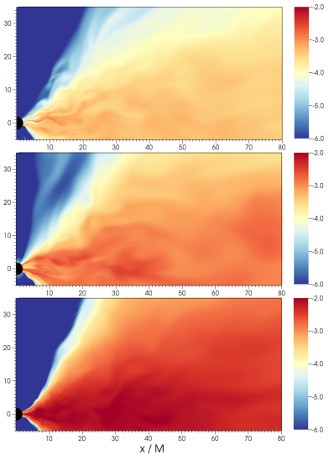
The discovery of ultraluminous X-ray sources (ULX) and the growing evidence that they contain compact objects accreting at super-Eddington rates has led to the rise of interest in theoretical models describing accretion flows with such properties. Such models were already being developed in the 70s of the 20th century, but because no systems with the relevant properties had been observed they could not be confronted with reality. In addition, many researchers believed, wrongly, that systems with very high accretion rates cannot exist and that the Eddington rate of accretion is some kind of almost magical physical barrier that is impossible to cross. Not everyone held this opinion, however, and in Warsaw, a group lead by Bohdan Paczyński developed models of “thick discs”, also named “Polish Doughnuts” by Martin Rees, who did not know that, unlike their American namesakes, the Polish versions have no central hole. A bit later, Marek Abramowicz and Jean-Pierre Lasota and their collaborators created models of so called “slim discs” in which advection of energy plays a central role. Slim discs were supposed to correspond to accretion rates lower than those of Polish Doughnuts, but nobody checked if, and how, slim disc become thick with an increasing accretion rate. It was not until 2016 that Lasota and his collaborators studied this problem and discovered the relation between slim and thick discs. They concluded that slim discs never become thick because their relative vertical size is independent of the accretion rate, but including advection in the Polish Doughnuts model has a strong slimming effect on these systems. In other words, Lasota et al (2016) demonstrated the universality of slimming accretion flows by advection of energy.
J.-P. Lasota, R. S. S. Vieira, A. Sadowski, R. Narayan and M. A. Abramowicz 2016, The slimming effect of advection on black-hole accretion flows, Astronomy & Astrophysics, 587, 13.
(See also the related article by M. Wielgus, W. Yan, J.-P. Lasota, & M.A. Abramowicz 2016, Astronomy & Astrophysics, 587, 38)
Picture: Snapshots of logarithm of density for General Relativistic MagnetoHydrodynamical simulation of accretion discs with accretion rates equal to 9.6, 24.3, and 73.1 times the Eddington value. Density is given in g/cm3.






